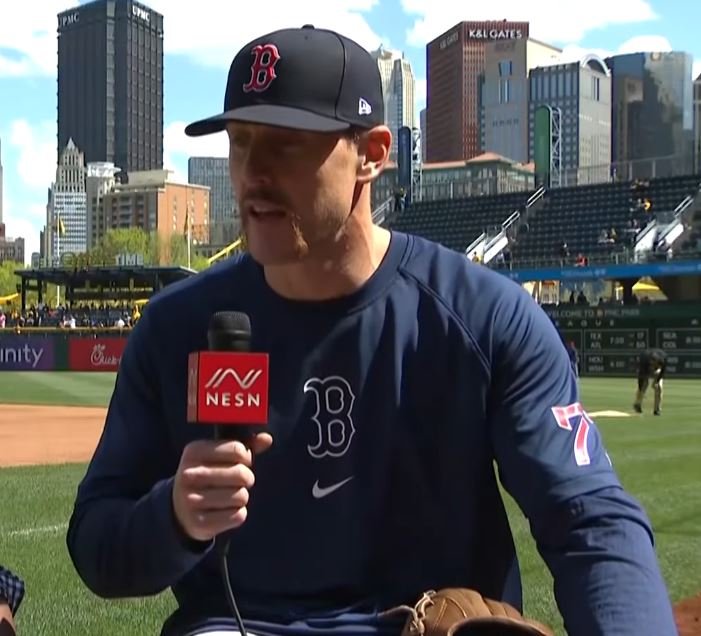
Cam Booser’s 2025 salary of $768,200 may seem modest in an era when nine-figure megadeals dominate Major League Baseball headlines. In actuality, however, it signifies something much more significant than money and cents—it is the pivotal moment in a narrative based on tenacity, accuracy, and a remarkably strong sense of purpose.
Booser’s ascent has been anything but traditional, given that he was undrafted and previously disregarded. He gained a spot in the Chicago White Sox bullpen by continuously improving his technique, changing the way he delivered his pitches, and displaying remarkably strong command in high-leverage innings. He was rewarded for his perseverance by landing a fully guaranteed one-year contract, which also showed how MLB teams are beginning to value underutilized but incredibly resilient arms.
Cam Booser: Bio, Salary, and Career Overview (WordPress-Friendly Table)
| Attribute | Details |
|---|---|
| Full Name | Cameron Joseph Booser |
| Born | May 4, 1992 – Seattle, Washington, USA |
| Age (2025) | 32 years |
| Height | 1.91 m (6’3″) |
| Position | Relief Pitcher |
| Team | Chicago White Sox |
| Jersey Number | #71 |
| MLB Debut | April 19, 2024 (Boston Red Sox) |
| Current Status | Pre-Arbitration, Active Roster |
| 2025 Salary | $768,200 (Fully Guaranteed) |
| Career Earnings | $1,305,230 |
| Education | Central Arizona JC |
| Reference Source | Spotrac – Cam Booser |
The Financial Structure: Meaningful by Momentum, Modest by Market
To put things in perspective, Booser’s compensation is the result of MLB’s pre-arbitration pay scale, which frequently places late entrants and younger players at the bottom of the earnings range despite their contributions. Nonetheless, this character is especially significant in light of Booser’s individual journey. He’s finally getting concrete credit for years of quiet labor—through independent ball, minor leagues, and injury recoveries—by landing this contract.
Booser significantly increased his strikeout rate and gained confidence in high-pressure situations by utilizing pitch design analytics and collaborating closely with development coaches. Despite not making headlines, his performance has been incredibly consistent. He has developed into the type of bullpen stabilizer that teams frequently underpay but depend on more and more, particularly during the rigors of a 162-game season.
A Position That Is Subtly Increasing in Value
Booser and other relief pitchers function similarly to emergency responders; they are rarely regarded as celebrities but are vital when the pressure mounts. Teams came to understand the value of middle and late-inning arms during the pandemic-affected seasons, especially when supported by sophisticated scouting. Booser’s development into a lefty specialist fits that description, and if he keeps up this pace, his salary—albeit low by elite standards—positions him for future arbitration gains.
Booser has established himself as a particularly effective bullpen asset with his improved WHIP, increased velocity, and strategic use of his slider. These players are invaluable in the field of payroll management because they provide outcomes without imposing tax obligations.
From League Minimum to Multi-Year Potential in the Upcoming Years
If Booser continues to perform consistently, his financial future may change significantly in the upcoming years. He would be eligible for performance-based pay increases if he made it to arbitration, which could double or triple his current income by 2027. The White Sox or another team may offer him a multi-year contract that generously compensates for his late-career success and durability if he keeps getting better.
Booser’s 2025 salary is a reminder to early-career players and undrafted prospects that pro baseball success isn’t just for phenoms and bonus babies. It’s also for people who, when others stop looking, find their niche by fusing discipline, flexibility, and a little bit of luck.
